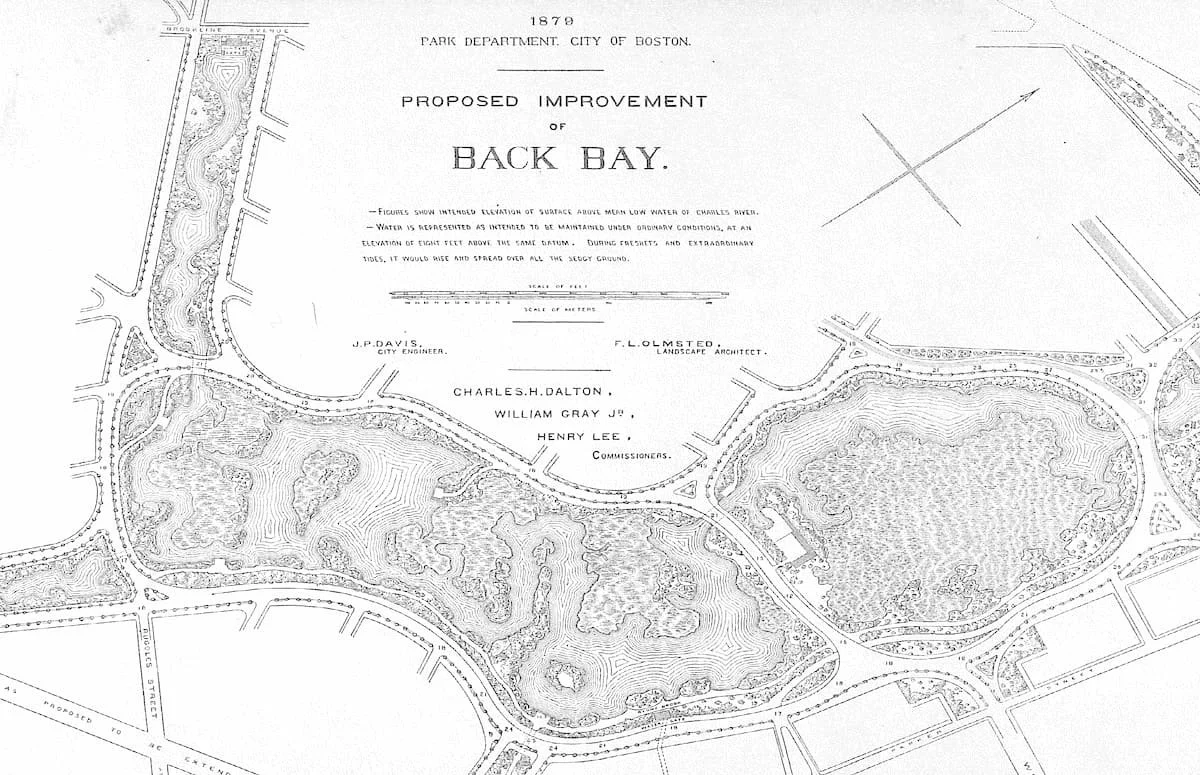~ Section 5 - Romanticism–Naturalism, Styles & Epochs of Art ~
“The Return to Emotion, Wilderness, and the Sublime”
Between the late 18th and 19th centuries, landscape design transformed into a celebration of freedom, emotion, and untamed nature. The era of Romanticism and Naturalism replaced geometric perfection with poetic irregularity — rolling meadows, lakes reflecting dramatic skies, and gardens that felt like living paintings. Artists like Caspar David Friedrich and landscape designers such as Humphry Repton and Capability Brown inspired this shift toward the picturesque and the sublime, where gardens became mirrors of human feeling and the mystery of the natural world.
© This article references early LASD Studio, Yura Lotonenko white-paper research (2011 – 2017) exploring intersections between Art and Landscape Philosophy
Video Episode of Section 5 — Romanticism & Naturalism
In this episode, Styles & Epochs of Art that Influenced Landscape Architecture and Garden Design, we explore how emotion, poetry, and nature reclaimed their place in design. Emerging as a response to the strict symmetry of the Baroque, Romanticism and Naturalism celebrated imperfection, wilderness, and the human spirit’s connection to the sublime.
Viewers travel through the English Picturesque movement, the wild beauty of Stourhead and the Lake District, the evocative paintings of Caspar David Friedrich, and the poetic light of J.M.W. Turner and Claude Monet. These artists and designers revealed that landscape is not an ornament but a mirror of the soul — a living composition shaped by feeling, time, and atmosphere.
The episode reflects how these ideas evolved into modern ecological thinking: seeing nature not as a background, but as a teacher — a self-organizing, evolving system.
This understanding deeply resonates with LASD Studio’s philosophy, where every design emerges from the emotional and ecological dialogue between people and the land.
Romanticism & Naturalism gardens — LASD Studio’s exploration of emotional, picturesque landscape design influenced by art and nature.
The Epoch Overview
Historical & Cultural Context
By the late 18th century, society turned its gaze away from the formal geometries of power toward the emotional landscapes of the soul. The Enlightenment had measured the world; Romanticism sought to feel it again. Industrialization accelerated change, yet artists and designers longed for authenticity — for wilderness, ruin, and the sublime.
Naturalism soon followed, uniting art and science in the observation of real ecosystems, geology, and atmosphere. Gardens became poetic sanctuaries of reflection and freedom, dissolving the line between human creation and untamed nature.
Fine Art & Aesthetic Principles
Romantic painting revealed the power of mood — mist, ruin, light, and distance carried emotional resonance. Caspar David Friedrich, J.M.W. Turner, and John Constable replaced idealized perfection with the sublime truth of imperfection.
In landscape design, geometry gave way to curves and asymmetry. Winding paths, reflective lakes, and shadowed groves formed compositions that felt alive — as if the garden itself breathed. Every scene was composed like a painting, guiding the viewer’s experience through atmosphere and emotion rather than order and control.
Influence on Early Landscape Thought
The Romantic era redefined the landscape as a psychological and spiritual space. Humphry Repton’s “Red Books” translated emotion into terrain, previewing modern visual storytelling. Philosophers like Jean-Jacques Rousseau inspired the idea that nature refines the human soul, while poets such as Wordsworth and Goethe found moral truth in untouched wilderness.
This reawakening laid the foundations for ecological understanding — perceiving nature as teacher, process, and living system rather than a static ornament.
Key Artists, Philosophers & Landscape Architects
Humphry Repton & Capability Brown — The English Picturesque School
Evolving from the rigor of formal gardens, Repton and Brown shaped the English countryside into theatrical compositions of rolling meadows, lakes, and framed vistas. Their work at Stourhead, Blenheim, and Woburn Abbey expressed emotional drama through terrain. Repton’s illustrated “before and after” visions introduced a narrative approach to design — an early dialogue between landscape and imagination.




Caspar David Friedrich — Painter of the Sublime
Through his paintings of fog, cliffs, and solitude, Friedrich made landscape the stage of the human spirit. His imagery taught designers to see mood and distance as compositional elements — the power of emptiness, silence, and awe.




William Wordsworth & the Lake Poets — The Philosophy of Place
Living in England’s Lake District, Wordsworth and Coleridge transformed natural observation into moral philosophy. Their writings inspired garden-makers to embrace imperfection, weather, and decay as symbols of truth — an early ecological realism born from emotion and empathy.
Claude Monet & the Naturalist Legacy
In the late 19th century, Claude Monet continued the Romantic vision through Naturalism — creating a living artwork at Giverny, where reflection, color, and atmosphere fused into one evolving painting. His garden remains a manifesto of sensory unity — a direct precursor to ecological and immersive design today.








Main Landscape Architectural Features of the Epoch












Design Principles
The Romantic and Naturalist landscapes celebrated freedom and discovery. Winding paths revealed sequential scenes — open meadow to shaded grove, reflective pond to distant ruin. Every transition embodied emotional rhythm. Artificiality was disguised beneath natural flow; composition was guided by intuition rather than formula.
Key ideas included picturesque asymmetry, textural layering, and the framing of views to evoke mystery, calm, or revelation.
Materiality & Plant Palette
Material choices reflected rustic authenticity: rough stone, weathered wood, mossed sculptures, and water mirroring the sky. Planting moved from ornamental parterres to native species and spontaneous growth. Oaks, willows, birches, and wildflowers replaced clipped hedges, expressing time and seasonality. The palette blurred art and ecology, embracing life’s impermanence as beauty.
Evolutionary Interpretation
For LASD Studio, Romanticism and Naturalism represent the awakening of emotional intelligence in landscape — the realization that beauty lives in process, not control. These epochs parallel today’s shift toward regenerative and biodiversity-centered design.
At LASD Studio, we interpret this spirit through projects that blend sensory experience, ecological performance, and time-based transformation — landscapes that feel alive, responsive, and deeply human.
LASD Studio Interpretation & Works
Designing Landscapes as Evolutionary Systems
At LASD Studio, we continue the Romantic dialogue between humanity and the wild. Our Evolutionary Intelligent Systems draw from Naturalism’s sensitivity — integrating ecology, art, and digital precision to create living environments that grow, adapt, and evolve.
Just as Romantic gardens invited reflection and wonder, our contemporary designs seek balance between freedom and form — where light, water, and vegetation compose new emotions over time. Each project becomes a living artwork that learns from nature, not merely imitates it.
